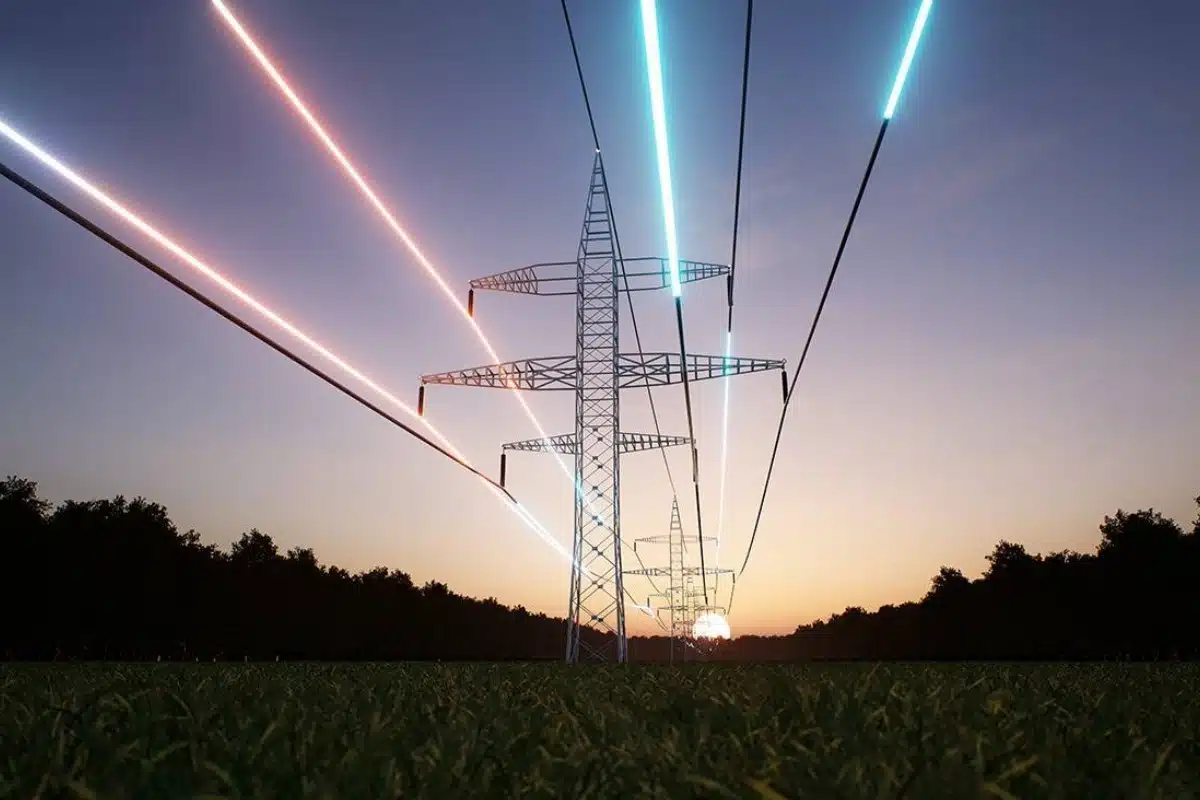Ancient civilizations achieved remarkable feats of engineering that continue to astound modern experts. Among their most impressive accomplishments were sophisticated hydraulic systems that transformed landscapes and sustained entire societies.
Long before the advent of modern technology, ingenious minds designed and constructed water management systems that rival contemporary infrastructure. These ancient engineers demonstrated an extraordinary understanding of physics, mathematics, and environmental science, creating solutions that endured for millennia and continue to inspire today’s architects and planners.
🏛️ The Foundation of Hydraulic Engineering in Ancient Times
The development of hydraulic systems represented a pivotal moment in human civilization. As communities transitioned from nomadic lifestyles to settled agricultural societies, the need for reliable water sources became paramount. Ancient engineers recognized that controlling water meant controlling prosperity, health, and survival itself.
These early innovators observed natural water flows, studied terrain variations, and experimented with different materials and construction techniques. Their trial-and-error approach, combined with accumulated knowledge passed through generations, resulted in increasingly sophisticated systems that could transport, store, and distribute water across vast distances.
The earliest hydraulic systems emerged independently across multiple civilizations, suggesting that water management was a universal challenge that sparked innovation wherever humans settled. From the Middle East to Asia, from Africa to the Americas, ancient peoples developed unique solutions adapted to their specific geographical and climatic conditions.
Mesopotamian Mastery: The Cradle of Hydraulic Innovation
The ancient Mesopotamians, dwelling between the Tigris and Euphrates rivers, pioneered some of humanity’s first large-scale irrigation systems. These early engineers constructed an extensive network of canals, dikes, and reservoirs that transformed the arid landscape into fertile agricultural land capable of supporting dense populations.
The sophistication of Mesopotamian hydraulic engineering is evident in their mathematical precision. They calculated precise gradients to ensure water flowed efficiently without erosion, designed overflow systems to prevent flooding, and created distribution networks that served multiple communities simultaneously. Their clay tablet records reveal detailed planning documents that rival modern engineering blueprints.
One particularly ingenious feature was their shaduf system—a counterbalanced lever mechanism for lifting water from rivers to irrigation channels. This simple yet effective device multiplied human strength, allowing farmers to irrigate elevated fields that would otherwise remain barren.
The Hanging Gardens: Legend or Hydraulic Marvel? 💧
Perhaps the most famous alleged Mesopotamian hydraulic achievement is the Hanging Gardens of Babylon, one of the Seven Wonders of the Ancient World. While archaeological evidence remains debated, ancient descriptions suggest an elaborate system of pumps, water wheels, and cascading channels that elevated water to terraced gardens high above the ground.
If the accounts are accurate, this system would have required revolutionary engineering—perhaps employing screw pumps or chain pumps powered by human labor or animals. The constant water supply needed to maintain lush gardens in Babylon’s hot climate would have demanded exceptional technical knowledge and construction expertise.
Egyptian Excellence: Harnessing the Nile’s Power
Ancient Egypt’s entire civilization depended on the Nile River’s annual flooding cycle. Rather than simply accepting nature’s rhythms, Egyptian engineers developed sophisticated systems to maximize agricultural productivity and extend the benefits of the flood season throughout the year.
The Egyptians constructed an elaborate network of basins, channels, and canals that captured floodwaters and distributed them across agricultural lands. Their basin irrigation system divided the floodplain into compartments surrounded by earthen banks, allowing farmers to control water retention and drainage with remarkable precision.
Beyond agriculture, Egyptian hydraulic engineering facilitated pyramid construction, mining operations, and urban water supply. Evidence suggests they used water channels to transport massive stone blocks, employed water-powered saws for cutting stone, and maintained complex underground water systems beneath major cities.
The Nilometer: Measuring for Prosperity
Egyptian innovation extended to water measurement with the development of nilometers—structures designed to measure the Nile’s water level during flood season. These weren’t merely observational tools; they were critical for economic planning, tax assessment, and predicting agricultural yields.
The sophisticated design of nilometers, with their graduated markings and strategic placement, demonstrates the Egyptians’ understanding that data collection and analysis were essential for effective resource management. This approach to evidence-based planning was remarkably modern in its conception.
Roman Aqueducts: Engineering at Monumental Scale 🏗️
The Roman Empire’s aqueduct systems represent perhaps the most visible and enduring testament to ancient hydraulic engineering. These monumental structures transported millions of gallons of fresh water daily from distant sources to Roman cities, supporting populations that would have been impossible to sustain otherwise.
Roman engineers achieved remarkable precision in their aqueduct construction. Water flowed entirely by gravity, requiring exact calculations of gradient—typically just a few centimeters of drop per kilometer. This precision, maintained over distances sometimes exceeding 50 miles, demonstrates extraordinary surveying and construction capabilities.
The Romans employed various construction techniques depending on terrain. They built bridges to cross valleys, tunneled through mountains, and constructed underground channels to protect water quality. Their use of the arch—both above and below ground—allowed them to create structures that were both strong and elegant.
The Aqua Appia to Aqua Claudia: A Legacy in Stone
Rome itself was served by eleven major aqueducts by the end of the imperial period. The earliest, Aqua Appia, was built in 312 BCE and ran mostly underground. Later constructions like Aqua Claudia featured impressive above-ground arcades that still stand today, symbols of Roman engineering prowess.
The sophisticated nature of Roman water distribution extended beyond simple transport. They developed pressure systems, settling tanks to improve water quality, and complex distribution networks with different water grades for drinking, bathing, and industrial use.
Ancient Chinese Hydraulic Wonders
China’s hydraulic engineering history spans thousands of years and includes some of the world’s most ambitious water management projects. The ancient Chinese developed unique approaches to flood control, irrigation, and canal construction that reflected their distinctive engineering philosophy.
The Dujiangyan irrigation system, constructed around 256 BCE, remains functional today—a testament to its brilliant design. This system diverts water from the Minjiang River using a sophisticated arrangement of natural topography, artificial islands, and curved channels that automatically regulate water flow based on seasonal variations.
Chinese engineers demonstrated exceptional understanding of hydraulics by creating systems that worked with natural forces rather than against them. Their designs incorporated flexibility to accommodate changing water levels and included self-regulating features that reduced maintenance requirements.
The Grand Canal: Connecting a Civilization 🚢
Perhaps China’s most ambitious hydraulic project was the Grand Canal, which ultimately stretched over 1,100 miles, connecting the Yellow River and Yangtze River systems. Construction began in the 5th century BCE and continued for centuries, creating a transportation network that unified the empire economically and politically.
The engineering challenges of the Grand Canal were immense. Builders had to navigate varying terrain, manage different water levels, and construct numerous locks and weirs to enable navigation. This project demonstrated mastery of hydraulic engineering on an unprecedented scale.
Andean Innovations: Water in the Mountains ⛰️
The ancient civilizations of the Andes, particularly the Inca Empire, faced unique hydraulic challenges in their mountainous terrain. They developed sophisticated systems adapted to high altitudes, steep slopes, and dramatic seasonal variations in water availability.
Inca engineers constructed terraced agricultural systems with integrated irrigation channels that efficiently distributed water across steep mountainsides. Their use of stone-lined channels minimized water loss and erosion, while their understanding of frost protection helped extend growing seasons at high altitudes.
The Inca capital of Cusco featured an elaborate urban water system with multiple channels serving different purposes. Ceremonial fountains, agricultural irrigation, and drainage systems all operated simultaneously, demonstrating sophisticated planning and hydraulic control.
Tipón: A Hydraulic Masterpiece
The archaeological site of Tipón showcases Inca hydraulic engineering at its finest. This complex features terraced agricultural platforms with precision-engineered water channels, fountains that maintain constant flow regardless of input variations, and underground aqueducts carved through solid rock.
The hydraulic principles employed at Tipón reveal deep understanding of water pressure, flow dynamics, and system integration. Modern engineers studying these ruins continue to discover ingenious features that demonstrate the Inca’s sophisticated approach to water management.
The Science Behind Ancient Hydraulic Success
Ancient hydraulic engineers achieved their remarkable results through empirical understanding of fundamental physical principles. While they lacked modern mathematical formulas, their practical knowledge of gravity, pressure, flow dynamics, and material properties was profound.
They recognized that water seeks its own level, understood how channel shape affects flow velocity, and knew how to minimize friction losses. Their designs incorporated features like settling basins for sediment control, overflow channels for pressure relief, and access points for maintenance—all fundamental requirements in modern hydraulic engineering.
Material selection was crucial to success. Ancient engineers experimented with various substances for waterproofing and channel construction, developing techniques like using volcanic ash-based cements that could set underwater or employing specific clay compositions that prevented seepage.
Environmental Integration and Sustainability 🌍
One particularly noteworthy aspect of ancient hydraulic systems was their environmental sensitivity. These engineers typically designed systems that worked with natural processes rather than dominating them, creating solutions that were inherently more sustainable than many modern alternatives.
Many ancient systems included features that modern engineers would recognize as environmentally conscious: aquifer recharge systems, wetland preservation, and designs that maintained natural flooding cycles. This wasn’t necessarily motivated by environmental philosophy but rather by practical necessity and long-term thinking.
The longevity of these systems—many remained functional for centuries or even millennia—testifies to their sustainable design. They required relatively minimal maintenance, used locally available materials, and adapted to changing conditions rather than requiring constant intervention.
Lessons for Modern Engineering
Contemporary engineers and urban planners increasingly study ancient hydraulic systems for insights applicable to modern challenges. As water scarcity becomes a global concern and sustainable infrastructure gains importance, these time-tested solutions offer valuable lessons.
Ancient approaches to water harvesting, gravity-fed distribution, and natural filtration are being reexamined and sometimes reintegrated into modern designs. The principle of working with natural systems rather than against them, evident in many ancient projects, aligns with contemporary sustainable engineering philosophy.
Several modern restoration projects have demonstrated that ancient hydraulic infrastructure can be revitalized and integrated into current water management systems, providing cost-effective and environmentally friendly alternatives to entirely new construction.
Preserving and Studying Ancient Hydraulic Heritage 📚
Archaeological and engineering research continues to reveal new insights about ancient hydraulic systems. Advanced technologies like ground-penetrating radar, satellite imaging, and computer modeling allow researchers to map and analyze these systems with unprecedented detail.
Many ancient hydraulic structures face threats from urbanization, climate change, and neglect. Preservation efforts are essential not only for protecting cultural heritage but also for maintaining knowledge systems that may prove valuable for future generations facing their own water management challenges.
International cooperation in studying and preserving these engineering marvels helps build cross-cultural understanding while advancing practical knowledge. The universal nature of water management challenges creates opportunities for shared learning from humanity’s collective engineering heritage.
The Enduring Legacy of Ancient Water Masters
The hydraulic systems created by ancient civilizations represent more than impressive technical achievements—they exemplify human ingenuity, persistence, and the power of accumulated knowledge. These engineers transformed landscapes, enabled population growth, and laid foundations for the development of complex societies.
Their work reminds us that sophisticated engineering doesn’t necessarily require advanced technology. Careful observation, creative problem-solving, and rigorous testing can produce results that endure for millennia. The principles they discovered through trial and error remain valid today.
As we face contemporary challenges related to water scarcity, climate change, and sustainable development, the wisdom embedded in ancient hydraulic systems offers both inspiration and practical guidance. These marvels of ancient engineering continue to teach us that the most enduring solutions often emerge from deep understanding of natural systems and patient, thoughtful design.
The story of ancient hydraulic engineering is ultimately a story of human adaptability and innovation. From the arid plains of Mesopotamia to the mountain heights of the Andes, from the Nile Valley to the Chinese heartland, people confronted water management challenges with creativity and determination, leaving behind a legacy that continues to amaze and instruct us thousands of years later.
Toni Santos is a visual researcher and educational designer specializing in tactile learning tools, exploring how hands-on, sensory experiences can illuminate ancient construction techniques, lost technologies of early civilizations, sacred geometries and earth alignments, and mysterious energy sources. Through embossed maps, textured models, and handcrafted manipulatives, Toni investigates how physical interaction deepens understanding, memory, and creativity, while uncovering the subtle ways these tools convey knowledge across cultures and ages. Blending design theory, educational psychology, and archival research, Toni curates case studies, visual explorations, and instructional resources that celebrate the craft, innovation, and cognitive power of touch-based learning, inviting educators, designers, and curious minds to engage with the hidden patterns and energies that have shaped human history.




